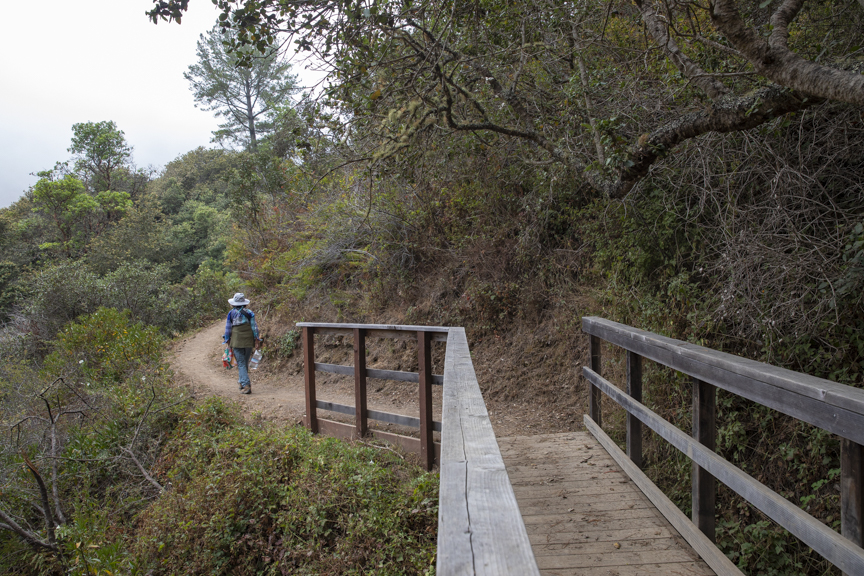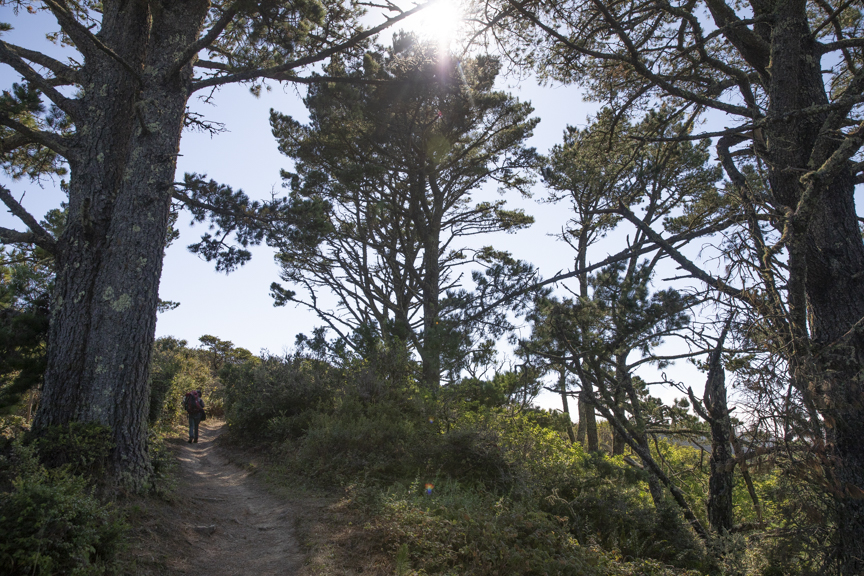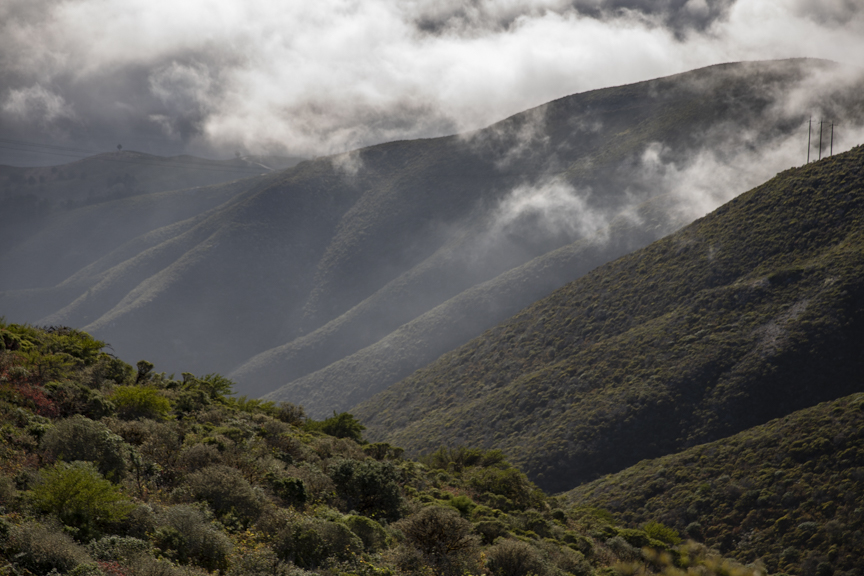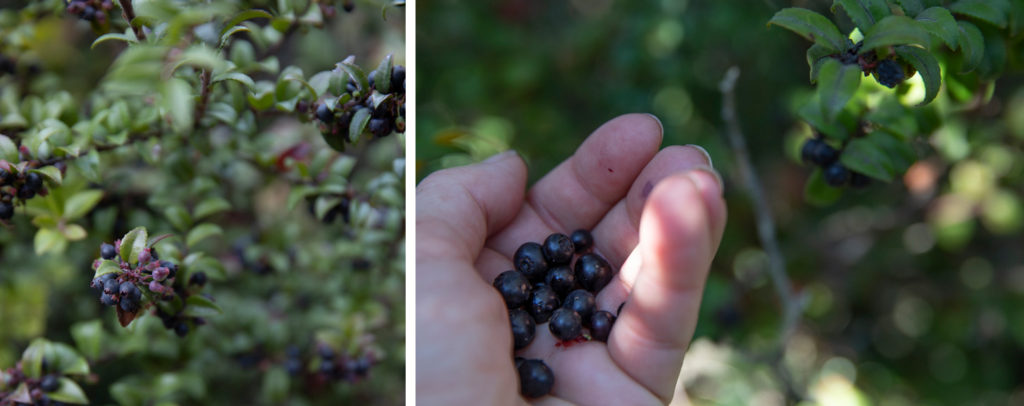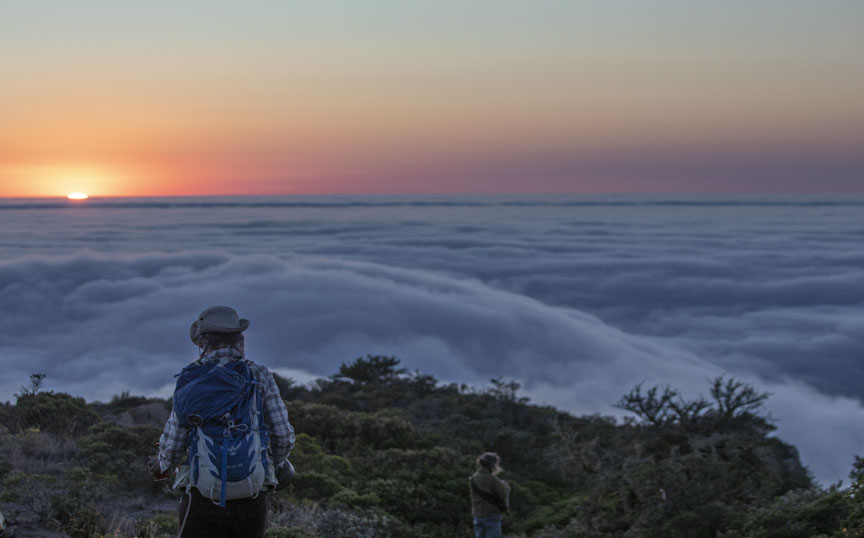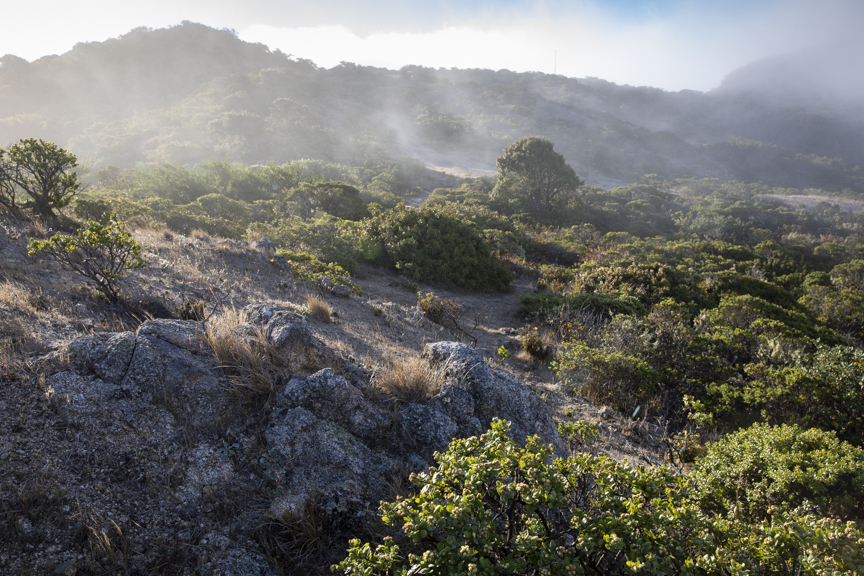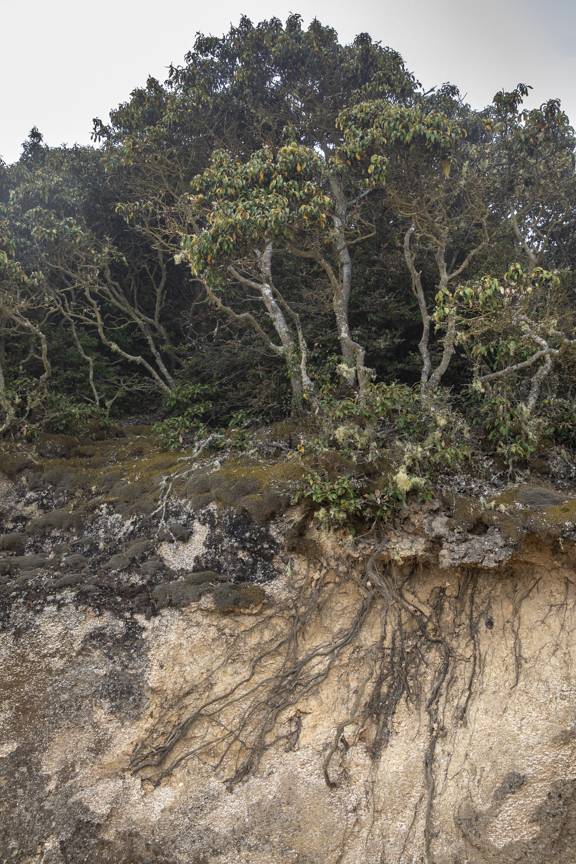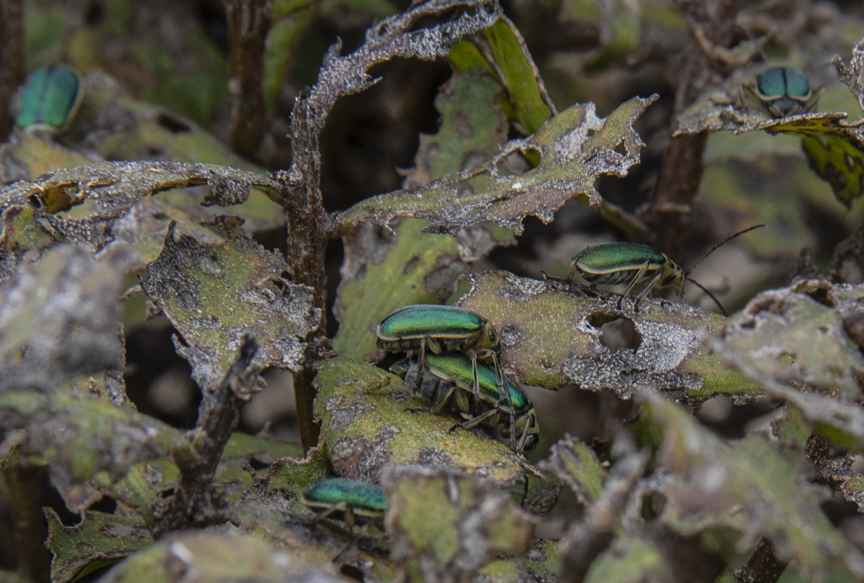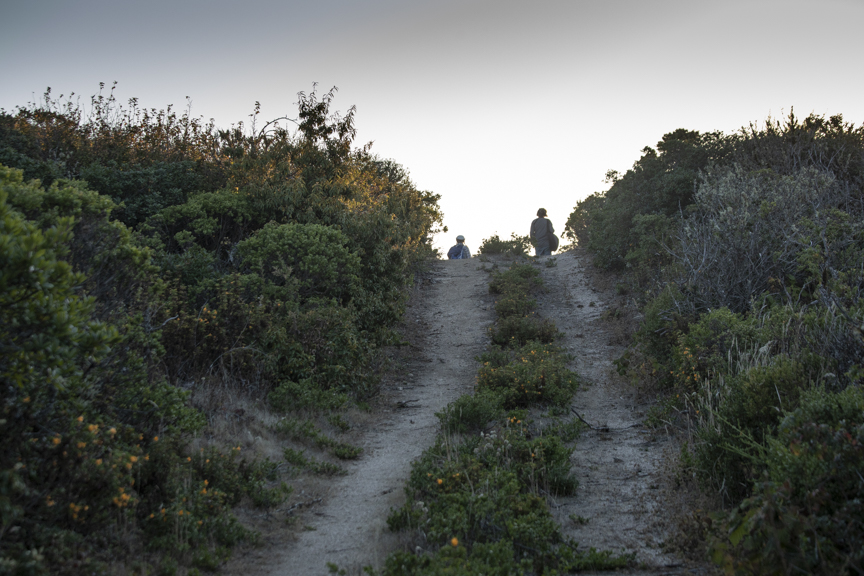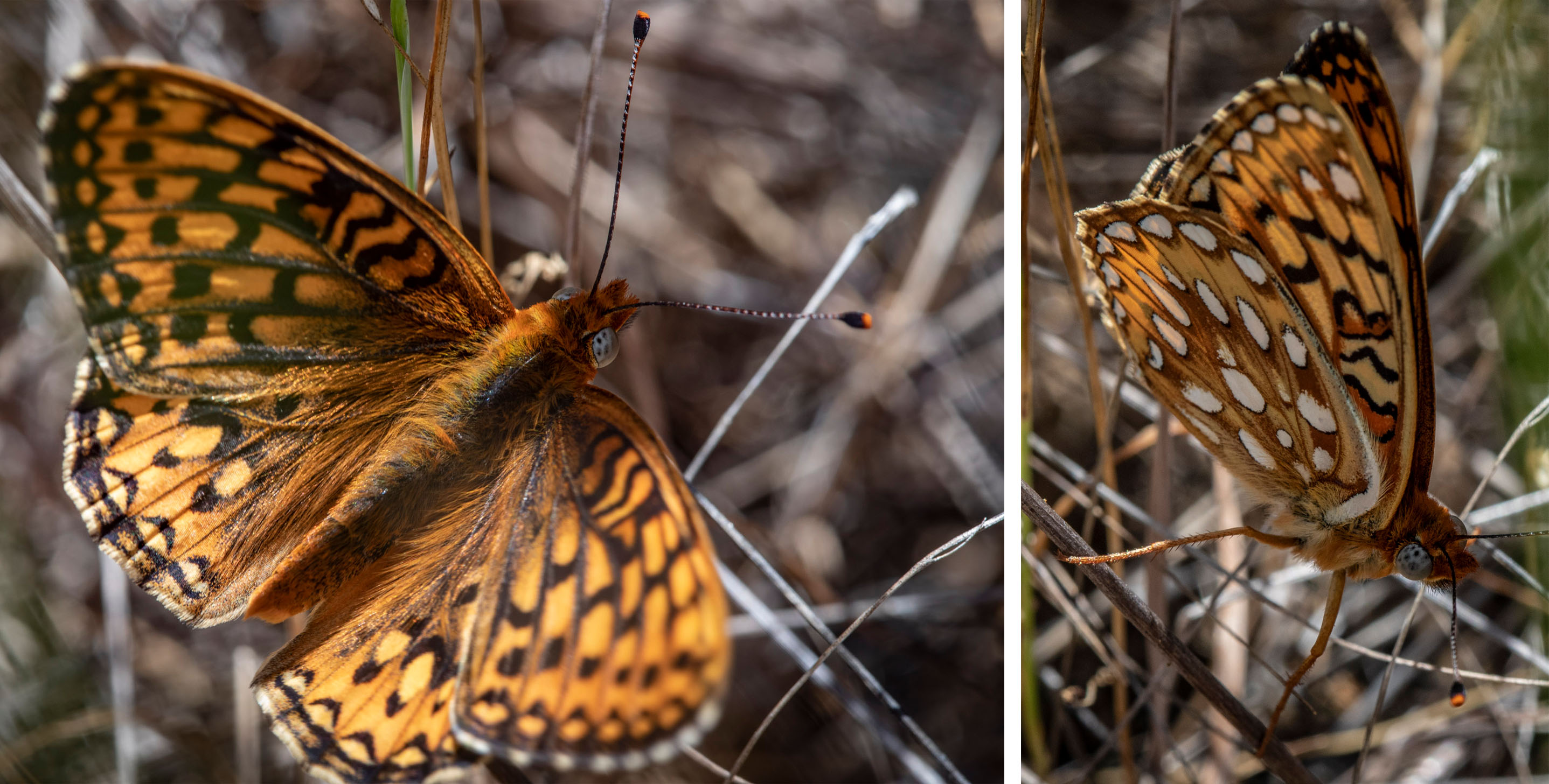
The endangered Callippe Silverspot butterfly at San Bruno Mountain Ecological Preserve. (photo©Lori Eanes 5/15/20)
May is a good time to visit San Bruno Mountain Ecological Preserve especially for butterflies! Today the first butterfly I saw when I walked up the Buckeye Canyon trail was the federally endangered callippe silverspot. The 2.2 inch butterfly was hanging onto a twig in the gusty wind.
The butterfly is hanging on in more ways than one. It used to be common but it’s disappeared because it’s larval host plant, the annual California golden violet ( Viola pedunculatahas) become rare due to habitat loss. It’s larvae is also very sensitive to pesticides.
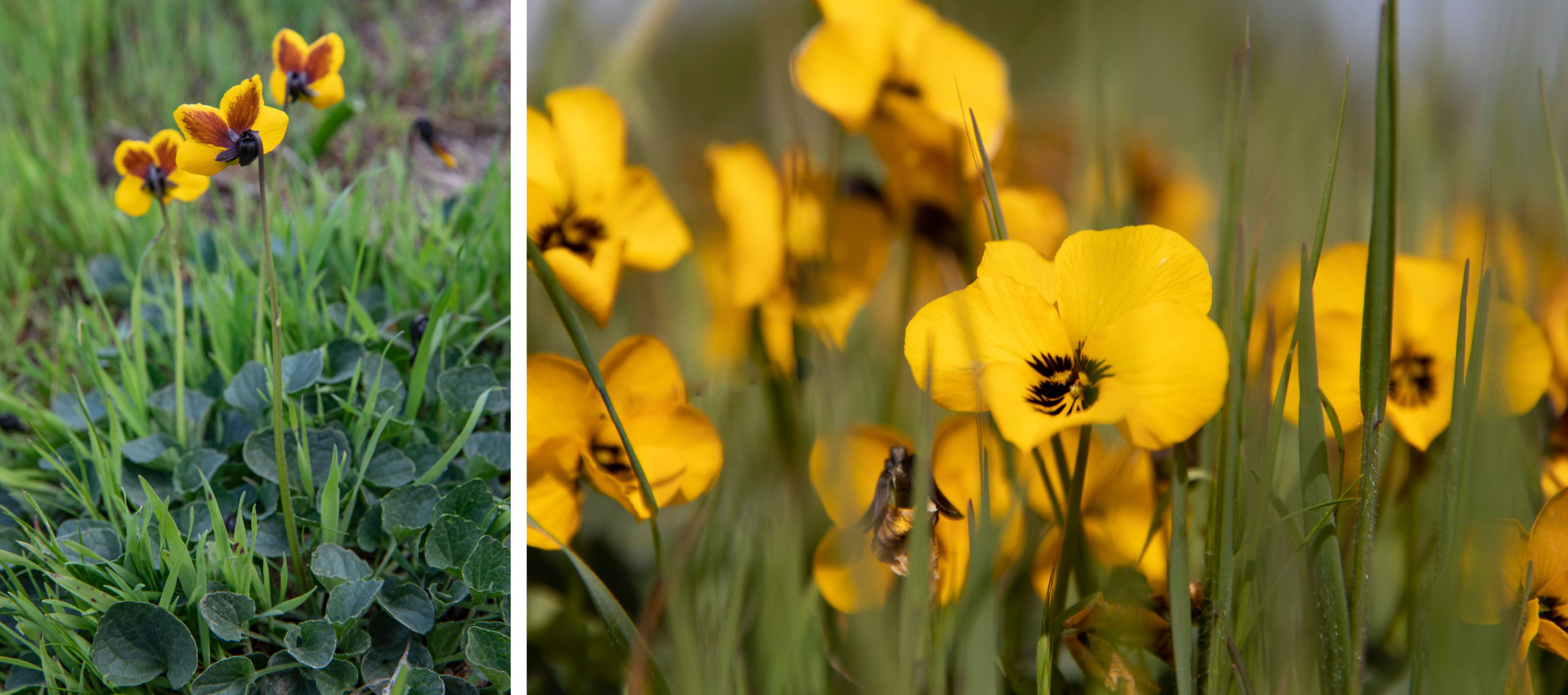
California Golden Violets on San Bruno Mountain (photo©Lori Eanes 3/27/20)
The adults live for only 3 weeks in early summer. The females lay eggs on the dying California golden violet plants. The caterpillars hatch and immediately spin a silk pad on the dried up plant. They go into a state of lowered metabolism that lasts through the winter then they wake up in the spring when the plants come back. They spend several months eating and molting eventually spinning a chrysalis and emerging as adults. If you’re a Bay area resident consider planting some California Golden Violets. Read more about this butterfly on the Sacramento Fish and Wildlife site or in this Bay Nature story.
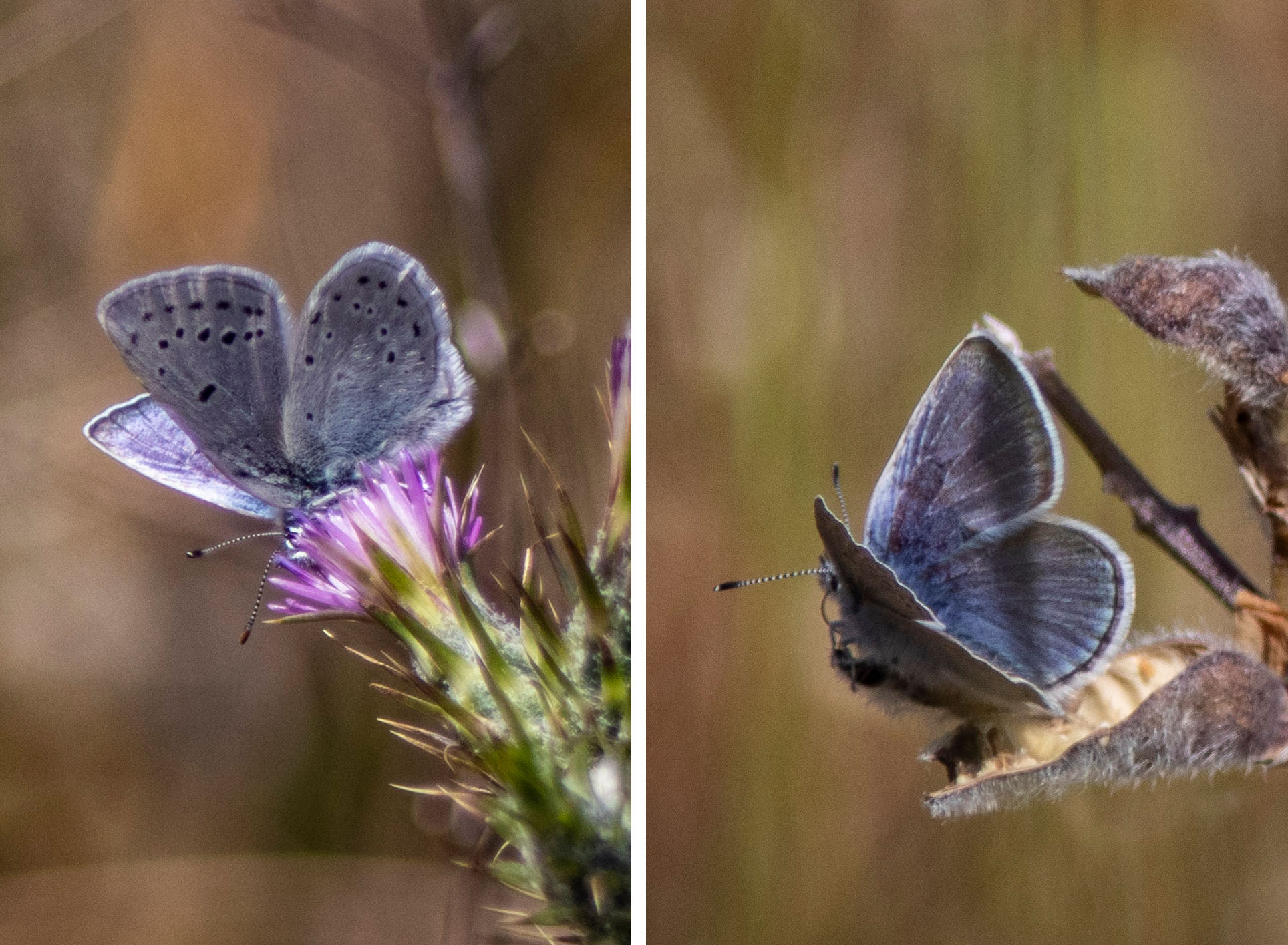
The endangered Mission Blue butterfly at San Bruno Mountain Ecological Preserve. (photo©Lori Eanes 5/08/20)
The week before I was excited to see a few tiny, quarter-sized Mission blue butterflies. They are also endangered and found only in the Bay area. Their preferred larval plant is the Silver Bush Lupine which is susceptible to a fungal infection during wet years which led to the the butterfly completely disappearing from Twin Peaks in San Francisco. Luckily a big effort to plant lupine in the neighborhoods surrounding Twin Peaks has helped create enough habitat to help bring them back.
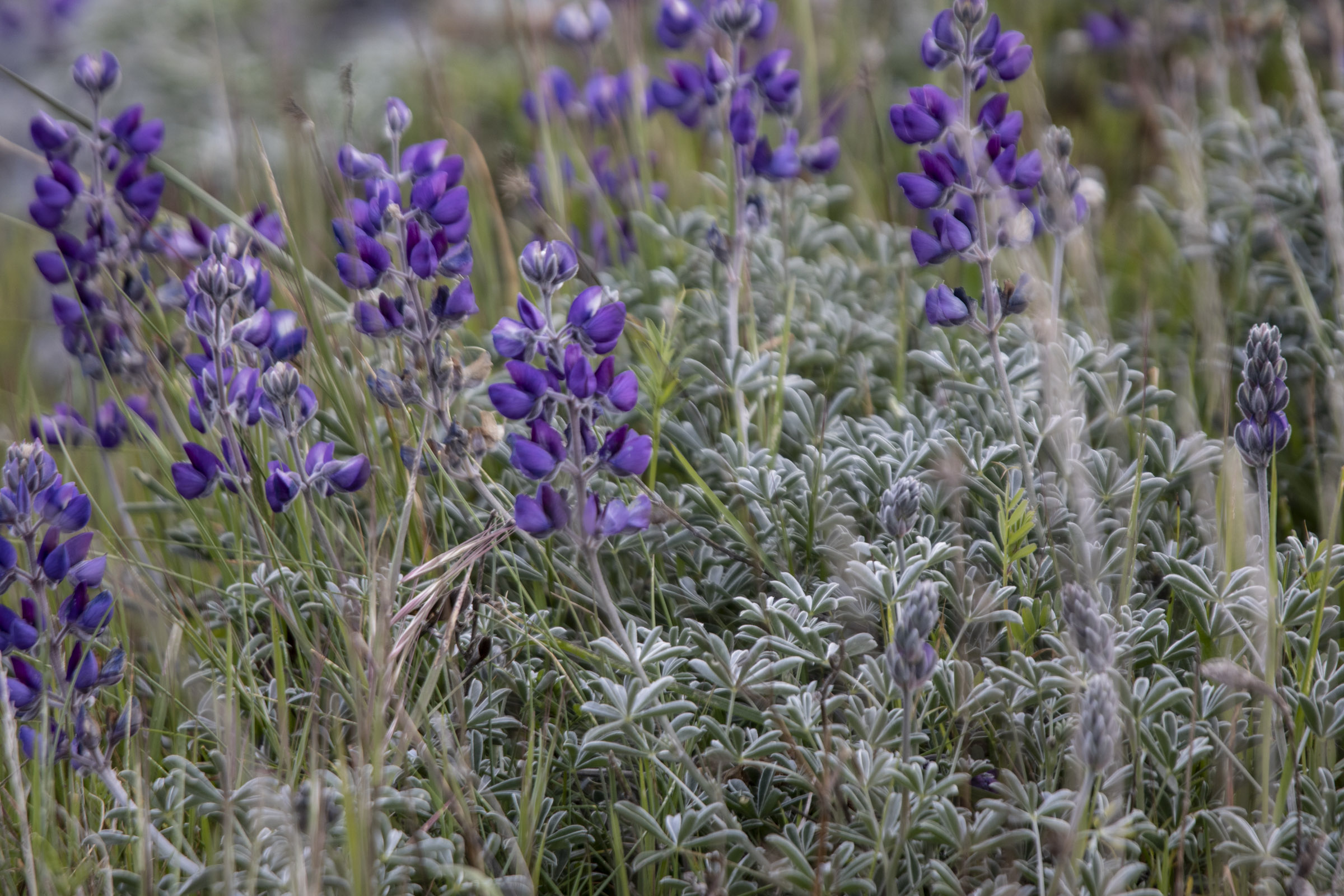
Silver Lupine on San Bruno Mountain (photo©Lori Eanes 3/27/20)
San Bruno Mountain also has Summer Lupine and Varied Lupine which the butterfly will use if Silver Lupine is not available. The larva live on the lupine and then when the plant dies it will go into diapause (arrested development) In the spring it reawakens, eats and eventually spins a chrysalis and emerges as an adult. Adults live only 6-10 days and they spend most of their time close to lupine plants where they mate and lay eggs. If you live in the Bay area consider planting Siver Bush lupine or other lupines. Read more about the Mission blue butterfly on the Sacramento Fish and Wildlife site on the GGNP Conservancy website
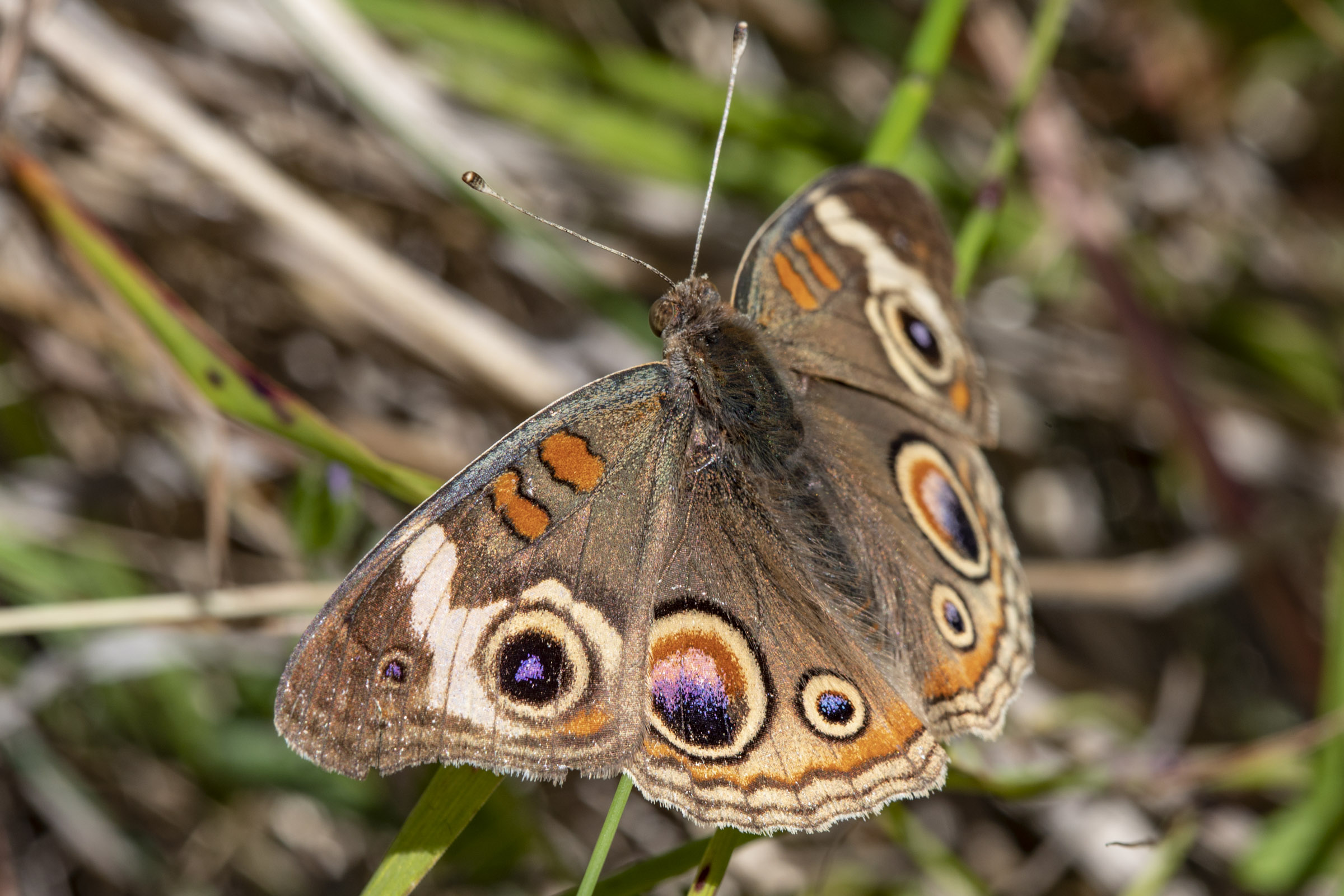
Common buckeye butterfly (photo©Lori Eanes 5/15/20)
I love common buckeye butterflies with their big eyespots. They are found all over North America and prefer open fields and clearings. Northern California host plants include European plantain, monkey flowers, snapdragon and gerardia.
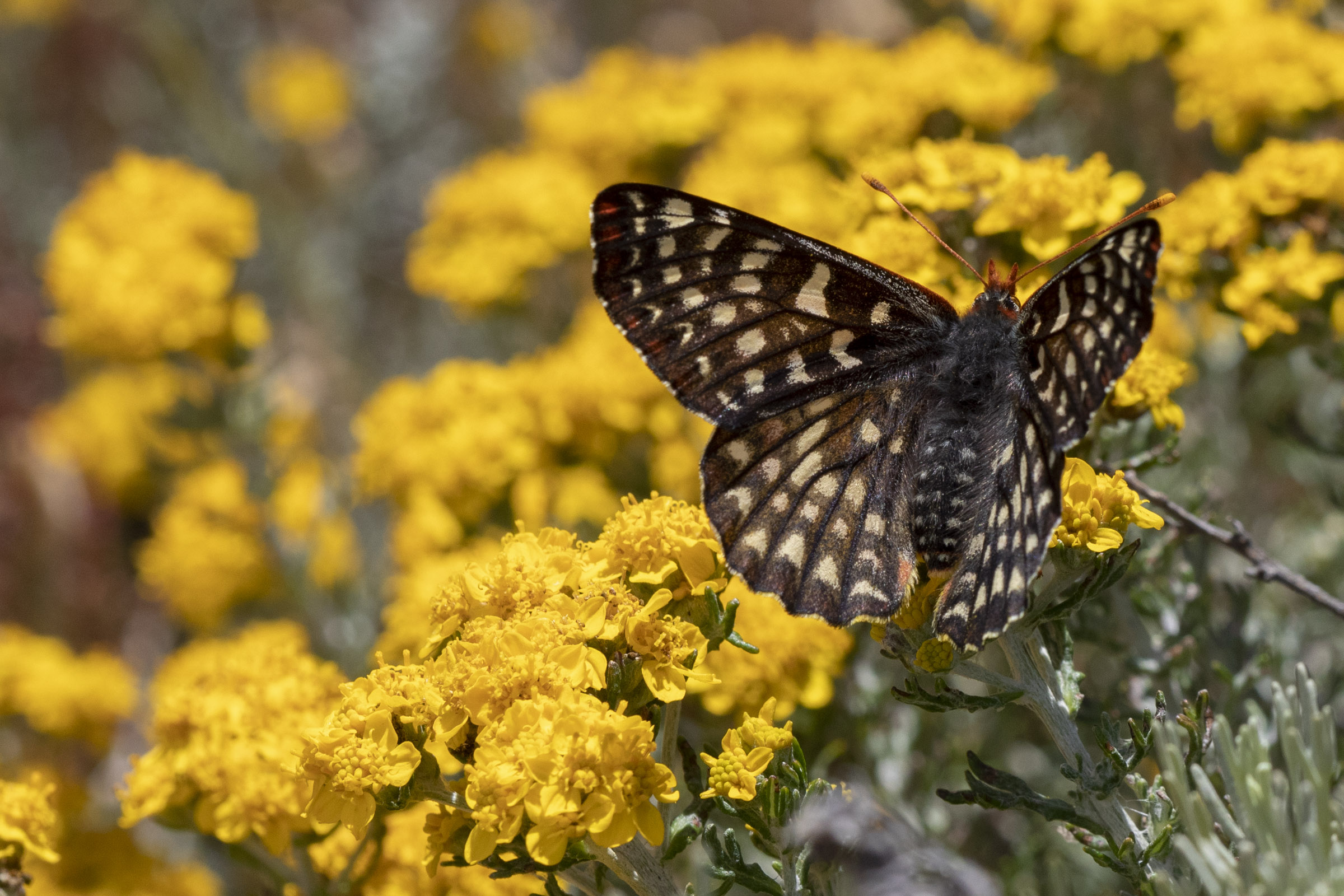
Variable checkerspot butterfly (photo©Lori Eanes 5/15/20)
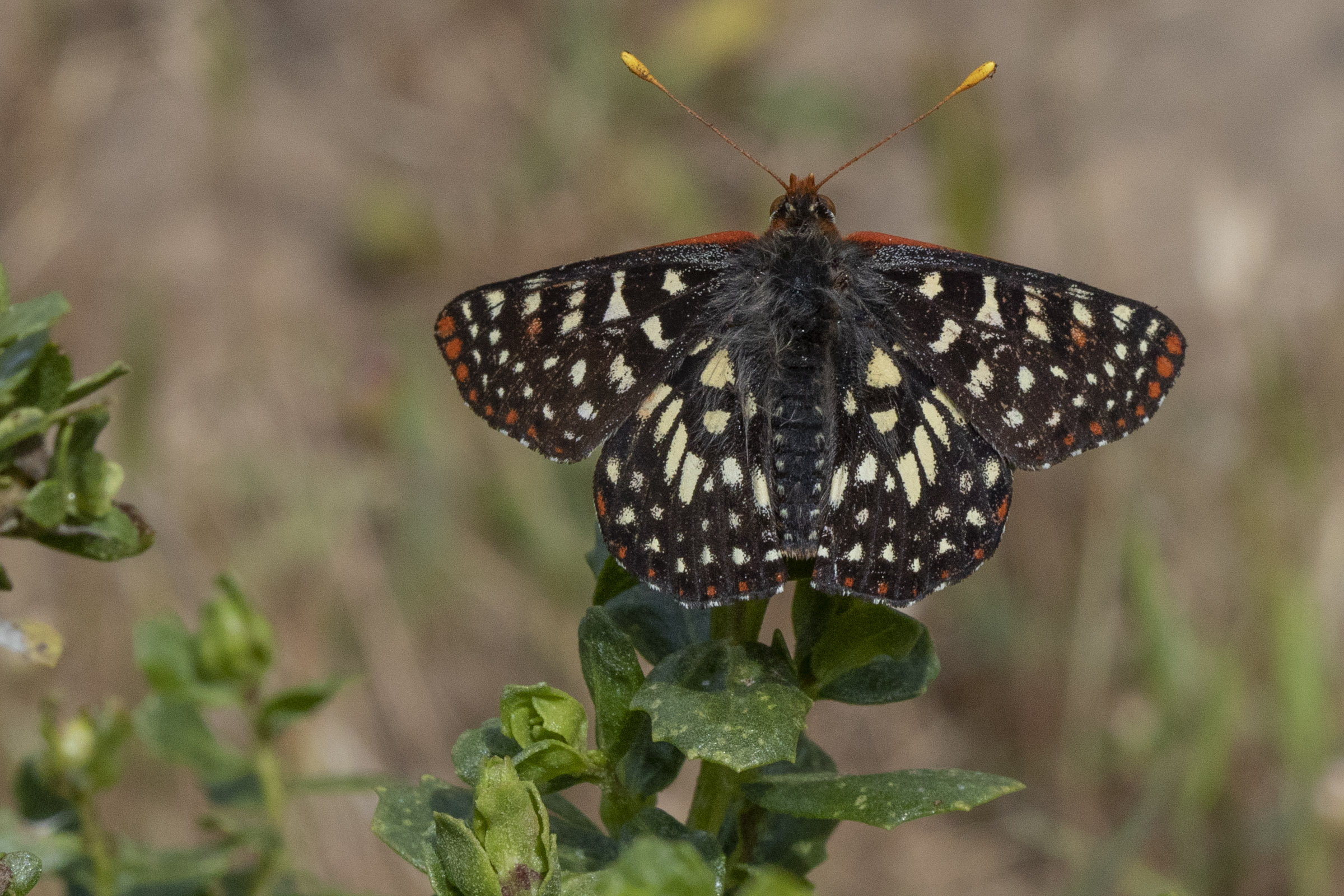
Another variable checkerspot butterfly (photo©Lori Eanes 5/15/20)
I saw many variable checkerspot butterflies on both trips to Buckeye Canyon. This 2″ butterfly is found all over the west from Alaska to Baja California. The larval plants include monkey flower, bee plant, Chinese houses and others.
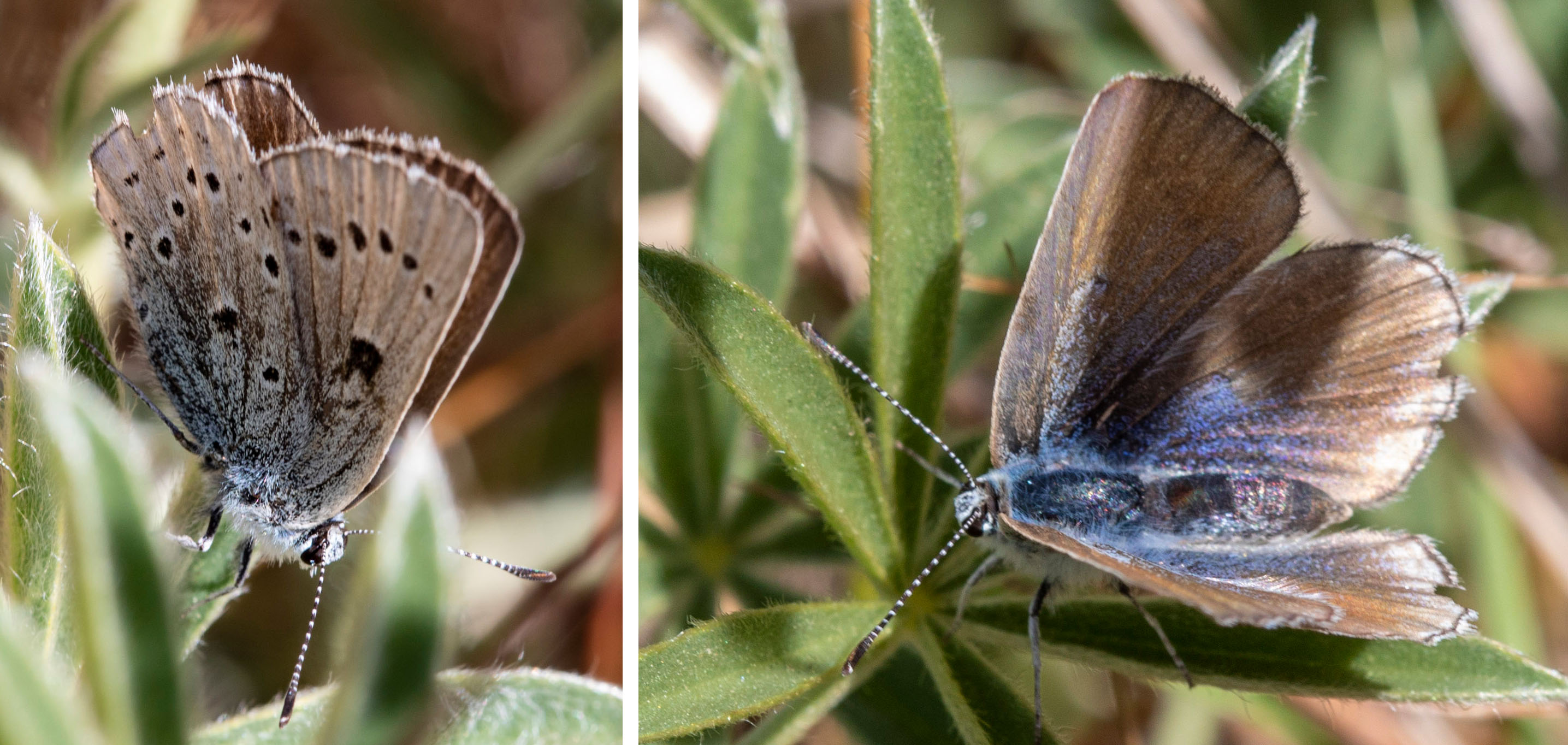
Boisduval’s blue female butterfly (photo©Lori Eanes 5/15/20)
I think this butterfly is a Boisduval’s blue female. They are very similar to mission blues. They’re very small (7/8-1 1/4″) and are found from Alaska to Baja California in various North American locations. This butterfly was hanging around lupines and she may have been laying eggs.
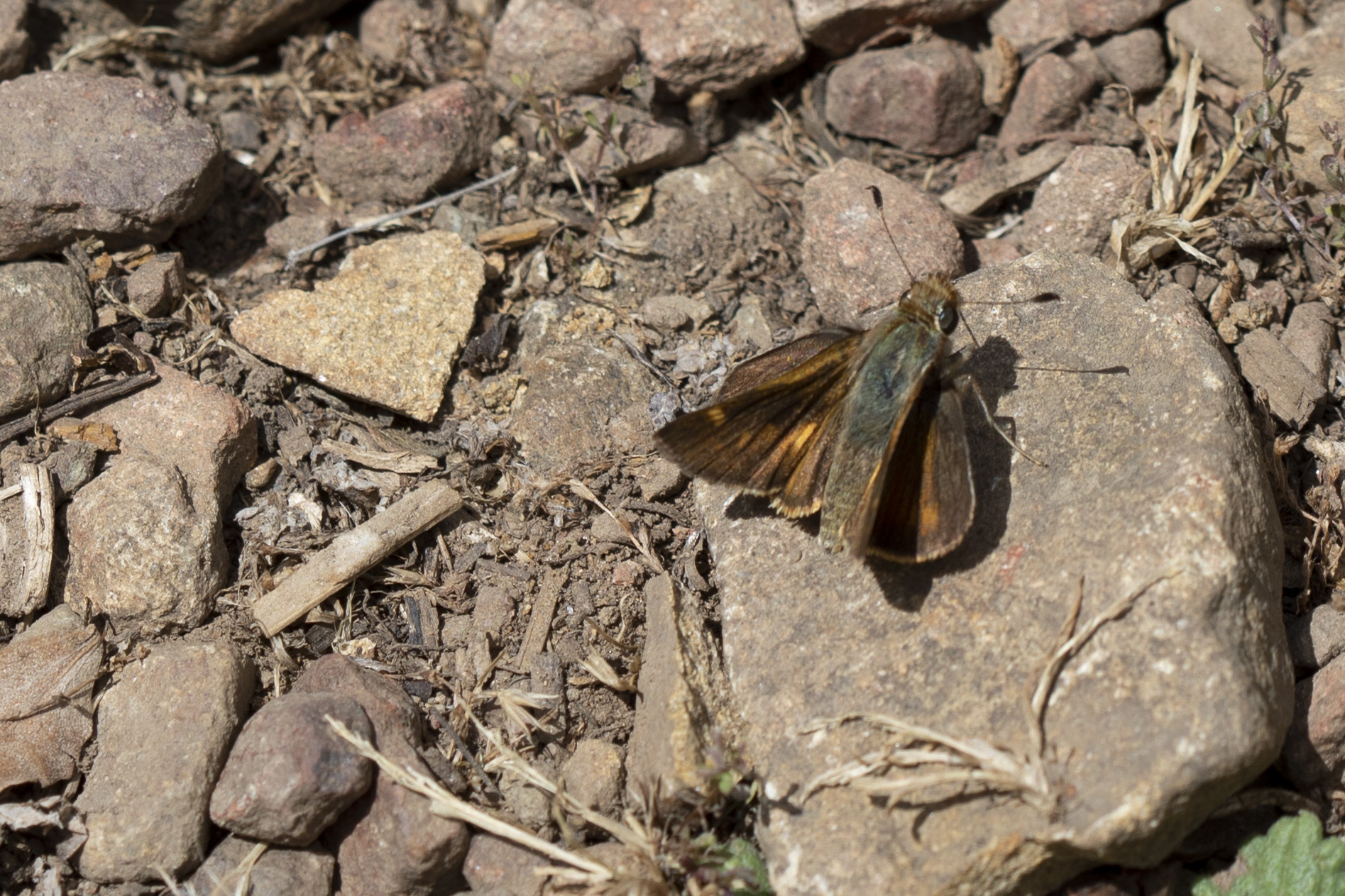
Umber skipper butterfly (photo©Lori Eanes 5/15/20)
Umber butterflies are found in California, Baja California, southern Arizona and in the highlands of Mexico and Central America. The larva feed on various grasses and have 2-3 broods a year.
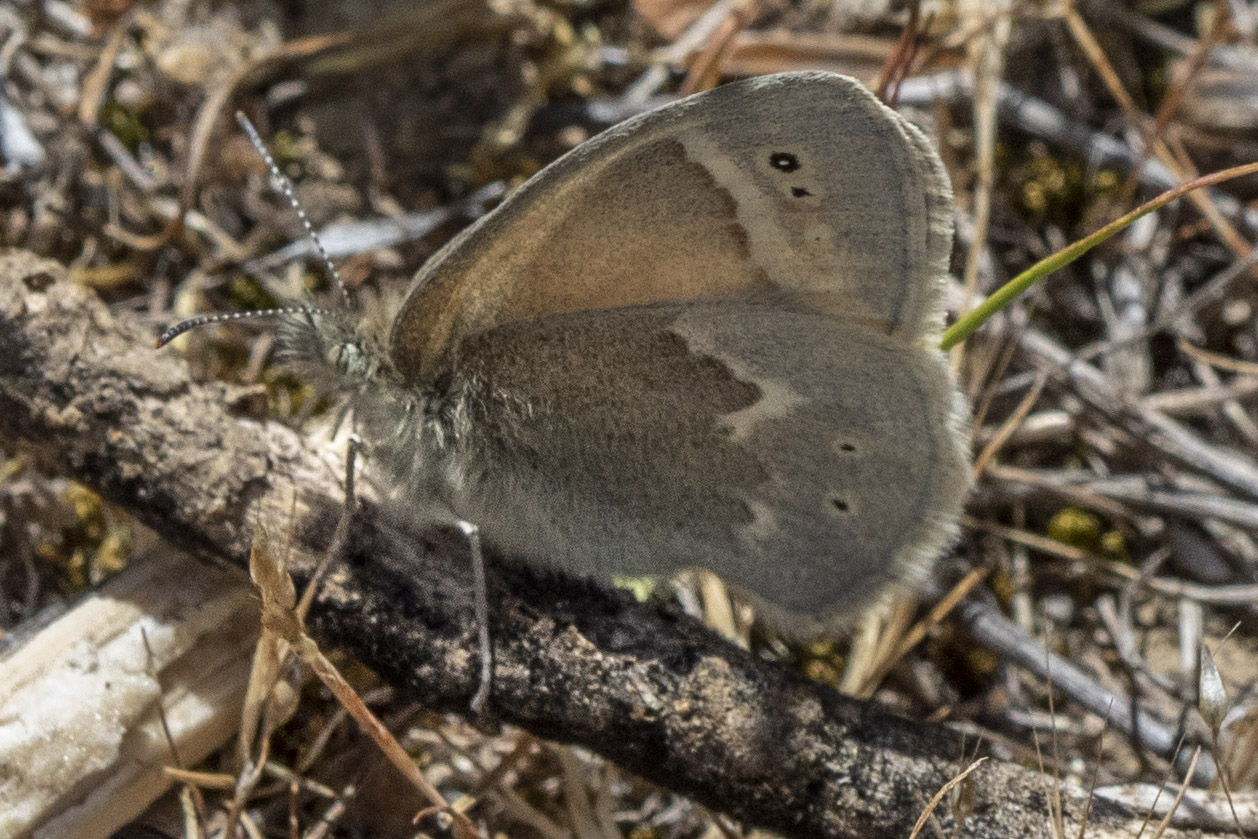
California Ringlet (photo©Lori Eanes 5/15/20)
I saw California Ringlets flying everywhere in early May. They rarely landed and when they did they disappeared completely into the dry grass that they perfectly matched. They have 2 broods a year and their larval food is perennial grasses.
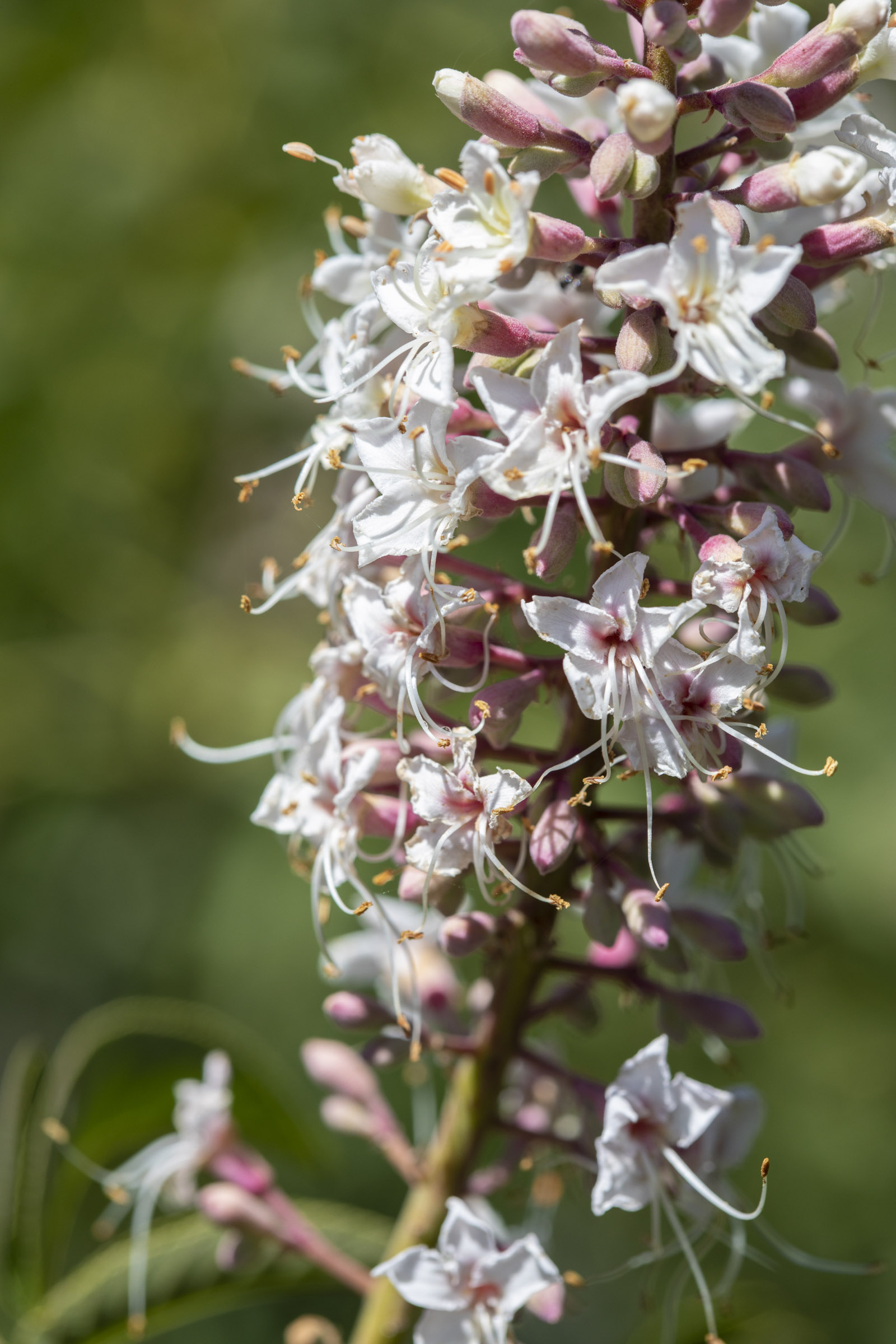
The Buckeye trees of Buckeye Canyon were just beginning to bloom mid-May. The flowers smell a little bit like rubber bands.(photo©Lori Eanes 5/15/20)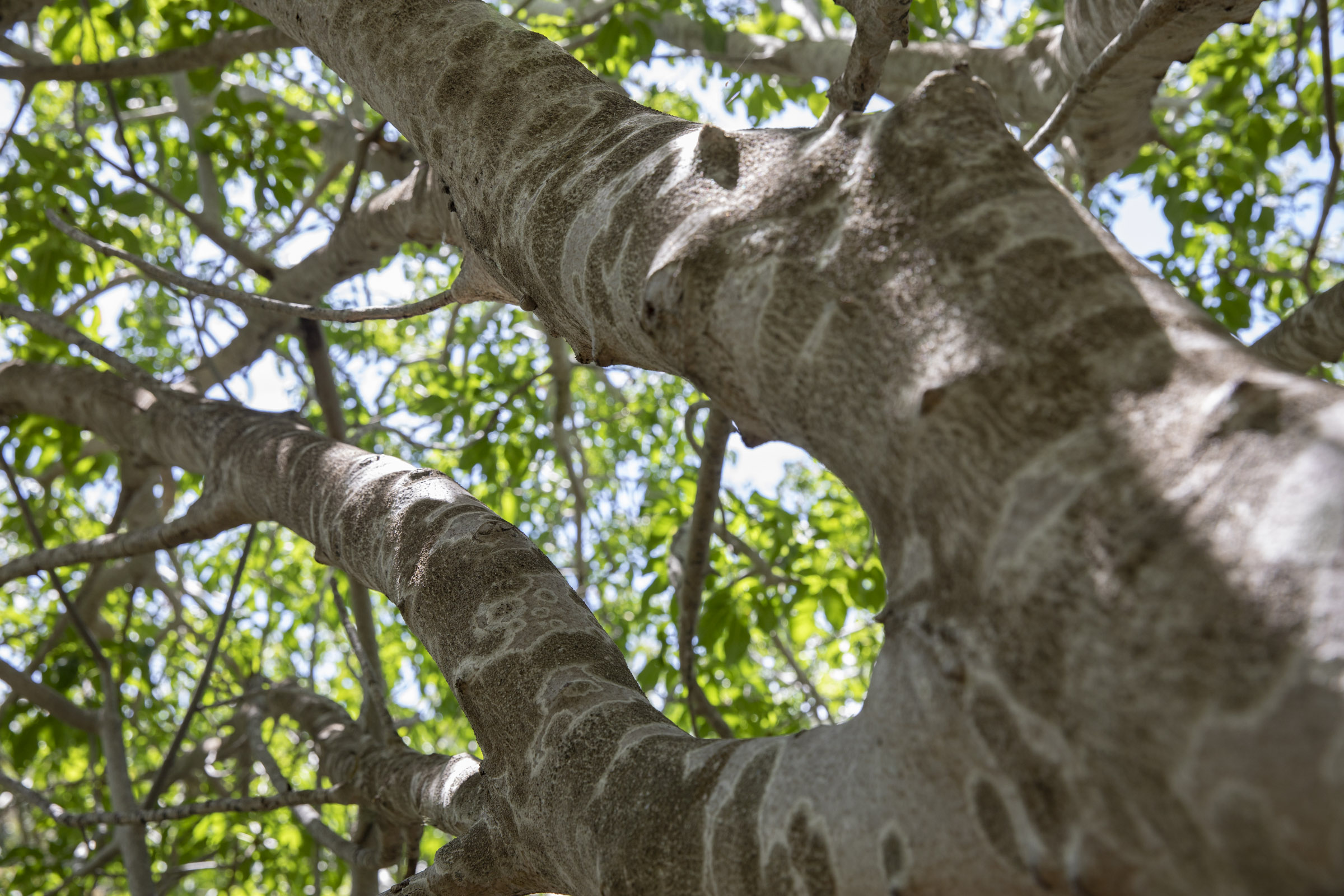 Looking up into a Buckeye Tree(photo©Lori Eanes 5/15/20)
Looking up into a Buckeye Tree(photo©Lori Eanes 5/15/20)
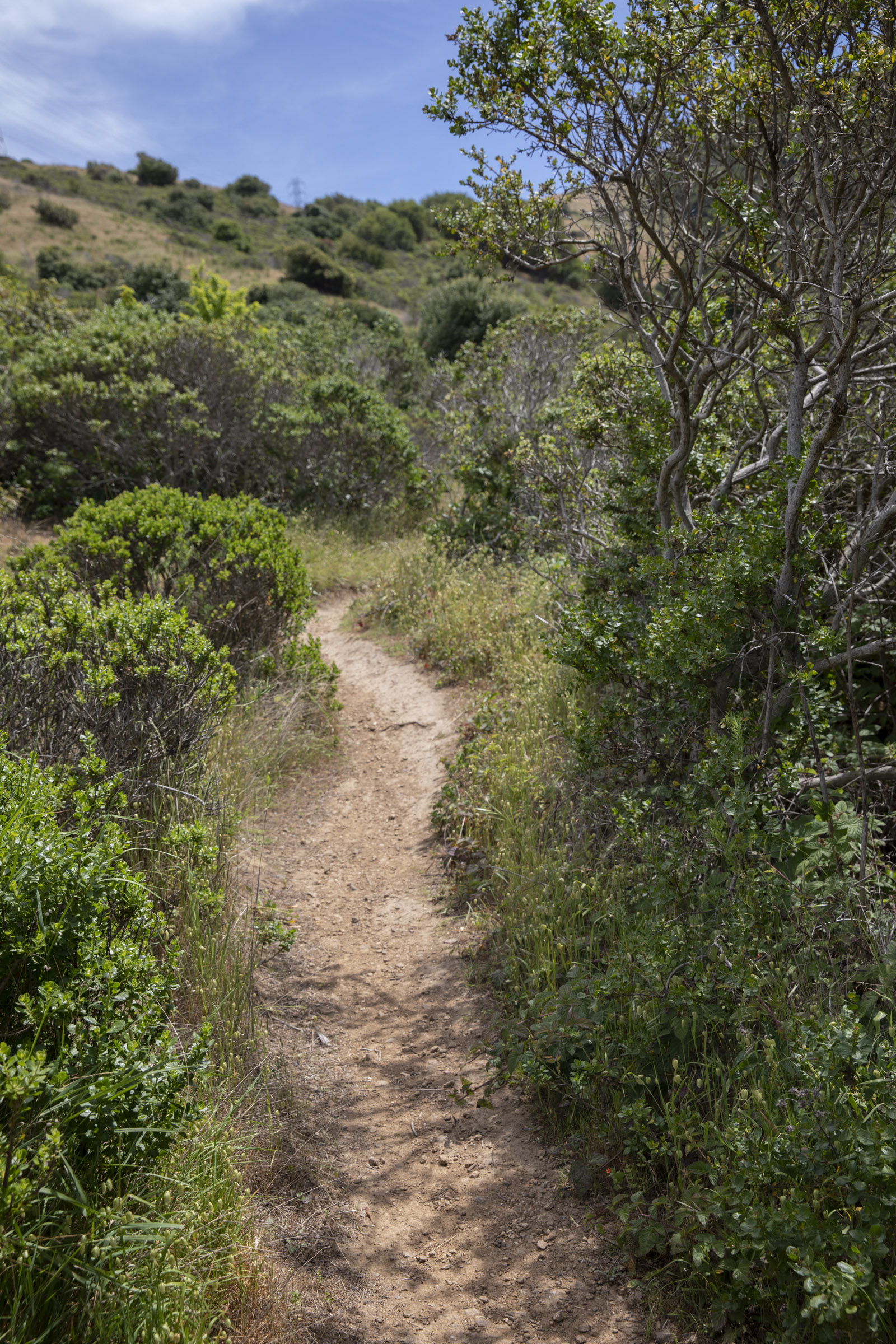
The beginning of the Buckeye Canyon Trail.(photo©Lori Eanes 5/15/20)
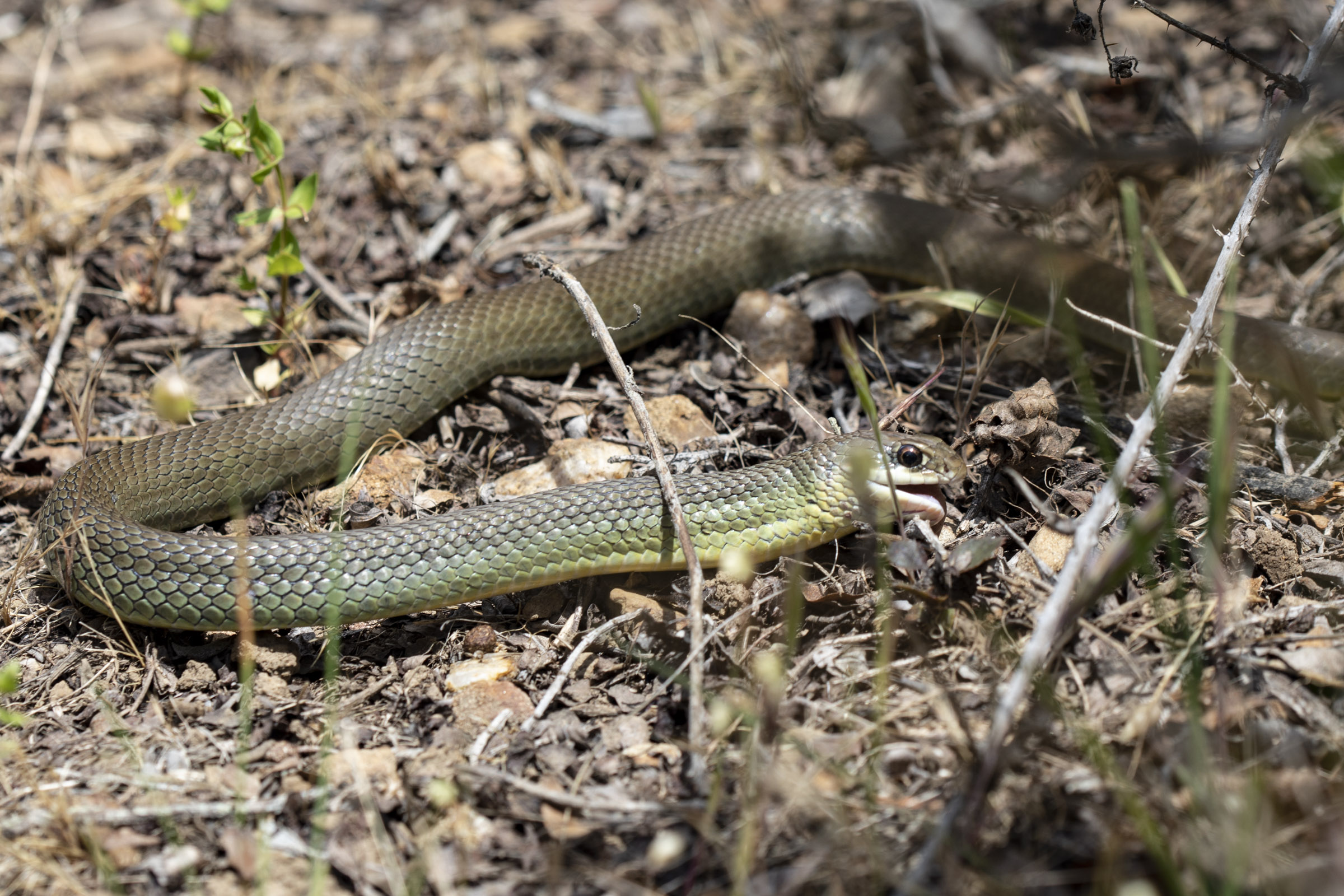
Western Racer Snake caught mid bite.(photo©Lori Eanes 5/15/20)
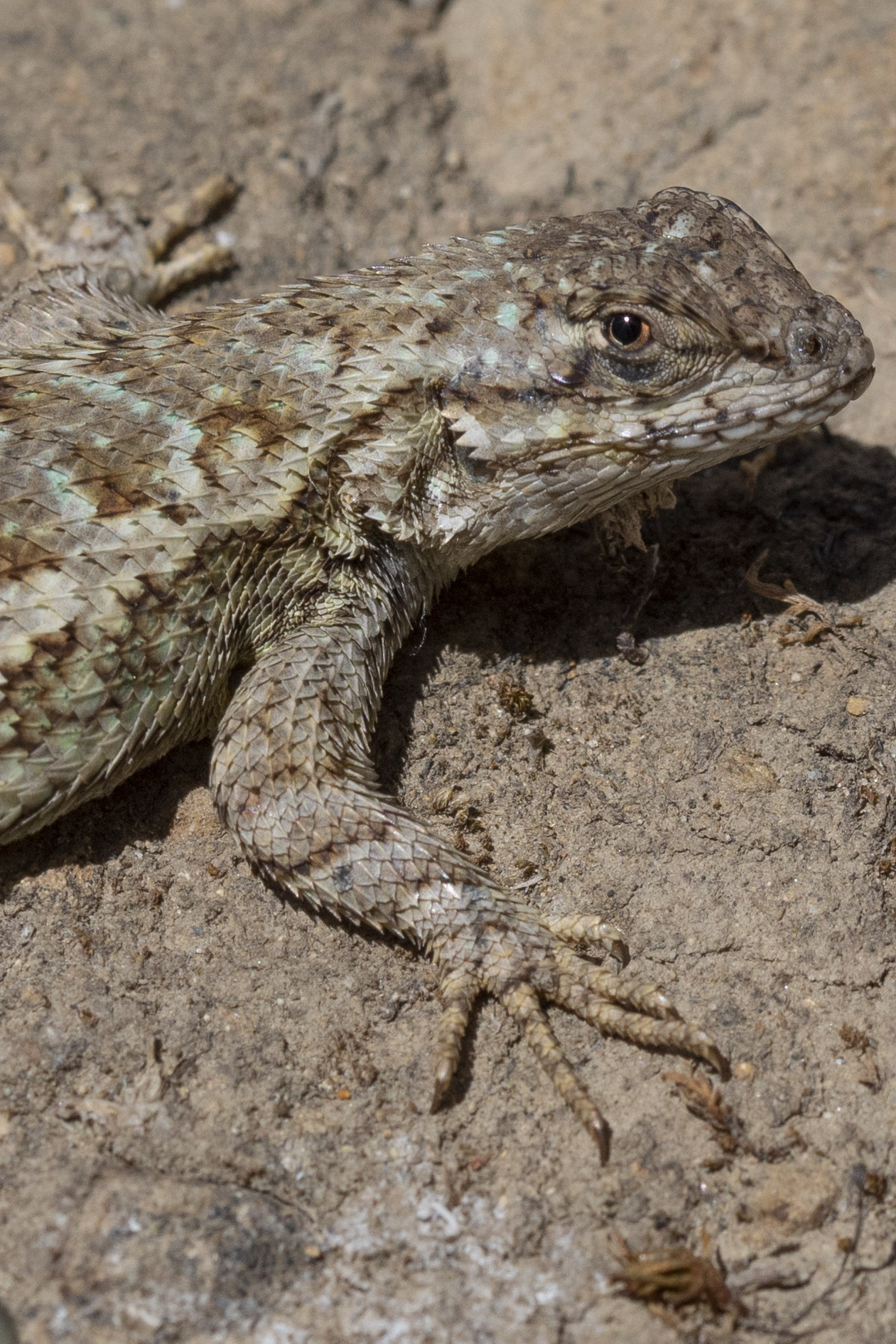
A very handsome Western fence lizard(photo©Lori Eanes 5/15/20)

